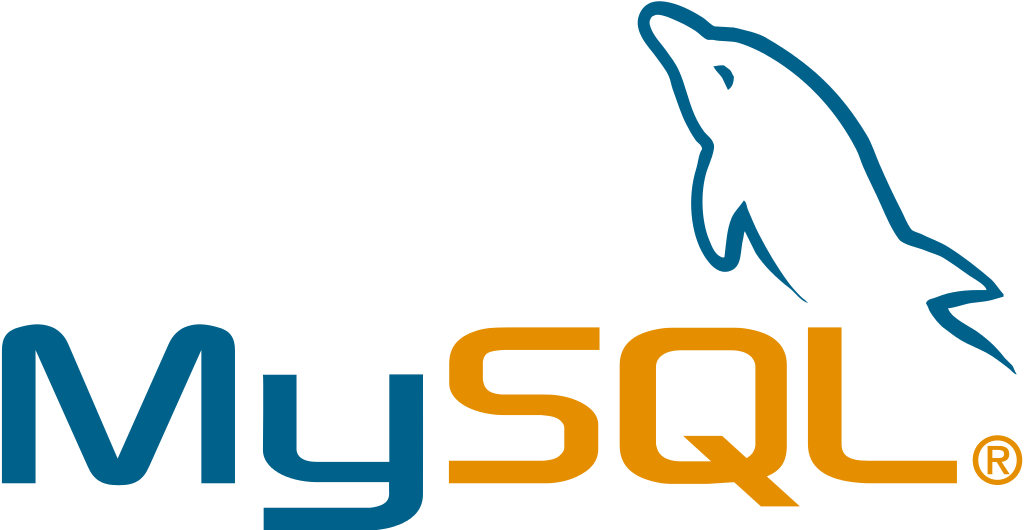
Learning MySQL, a popular open-source relational database management system, is essential for anyone interested in web development, data analysis, or working with databases. Here’s a guideline to help you get started with MySQL:
1. **Installation:**
– Install MySQL on your computer. You can download the MySQL Community Edition from the official website (https://dev.mysql.com/downloads/mysql/).
2. **MySQL Client:**
– Familiarize yourself with the MySQL client, which allows you to interact with the database through the command-line interface. Learn basic commands like connecting to the server, creating databases, and executing SQL queries.
3. **SQL Basics:**
– Understand SQL (Structured Query Language) fundamentals, including data definition language (DDL) for creating and modifying database structures (CREATE, ALTER, DROP), and data manipulation language (DML) for querying and modifying data (SELECT, INSERT, UPDATE, DELETE).
4. **Database Design:**
– Learn about database design principles to create well-organized, normalized, and efficient database schemas.
5. **Tables and Constraints:**
– Understand how to create tables, define primary keys, set up foreign key constraints, and enforce data integrity.
6. **Basic Queries:**
– Practice writing SELECT queries to retrieve data from tables. Learn about filtering, sorting, and aggregating data.
7. **Joins:**
– Explore different types of joins (INNER JOIN, LEFT JOIN, RIGHT JOIN, FULL JOIN) to combine data from multiple tables.
8. **Subqueries:**
– Learn about subqueries and how to use them within SELECT, INSERT, UPDATE, and DELETE statements.
9. **Indexes:**
– Understand the importance of indexes in database performance and how to create and use them effectively.
10. **Transactions and Locking:**
– Learn about database transactions, ACID properties (Atomicity, Consistency, Isolation, Durability), and how to handle concurrent access to the database.
11. **Views:**
– Explore creating and using views to simplify complex queries and enhance security.
12. **Stored Procedures and Functions:**
– Understand how to create and use stored procedures and functions in MySQL for reusable code.
13. **Triggers:**
– Learn about triggers and how to use them to perform automatic actions when certain events occur in the database.
14. **Normalization and Optimization:**
– Study database normalization techniques to minimize data redundancy and improve database efficiency.
15. **Backup and Restore:**
– Learn how to create backups of your MySQL databases and restore them if needed.
16. **Online Resources:**
– There are many online tutorials, documentation, and forums available for learning MySQL. The official MySQL documentation (https://dev.mysql.com/doc/) is a valuable resource.
17. **Practice and Projects:**
– Practice writing SQL queries regularly and work on projects involving database design and implementation to reinforce your knowledge.
Remember, hands-on practice is crucial to becoming proficient in MySQL. Work on real-world projects and continuously expand your skills to become a confident database developer or administrator. Happy database management!
l